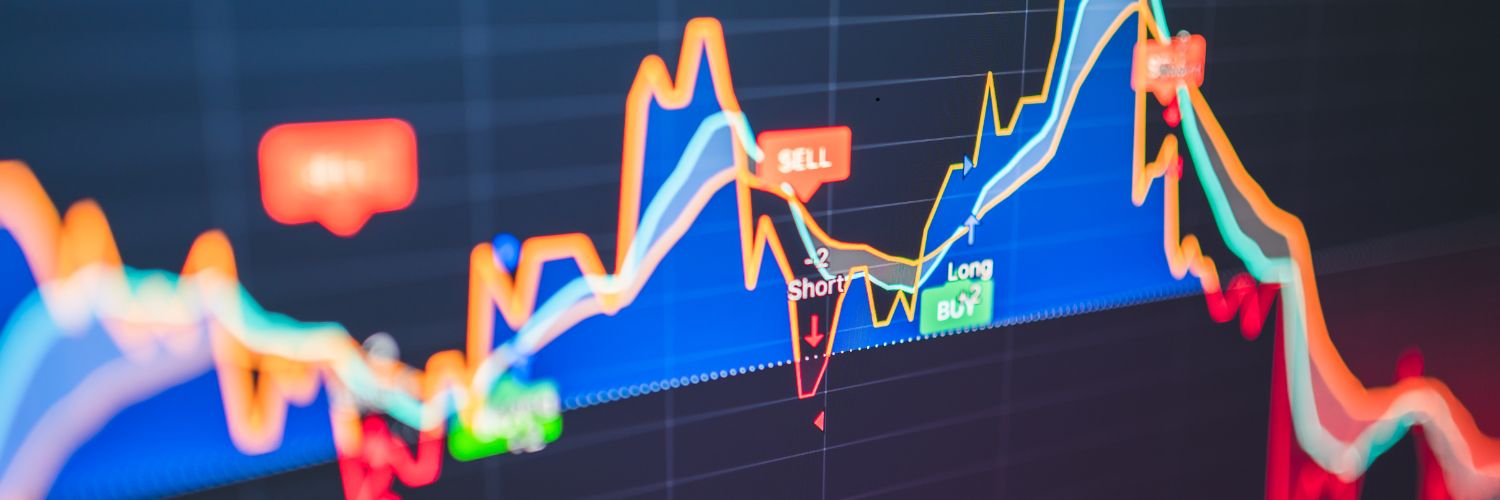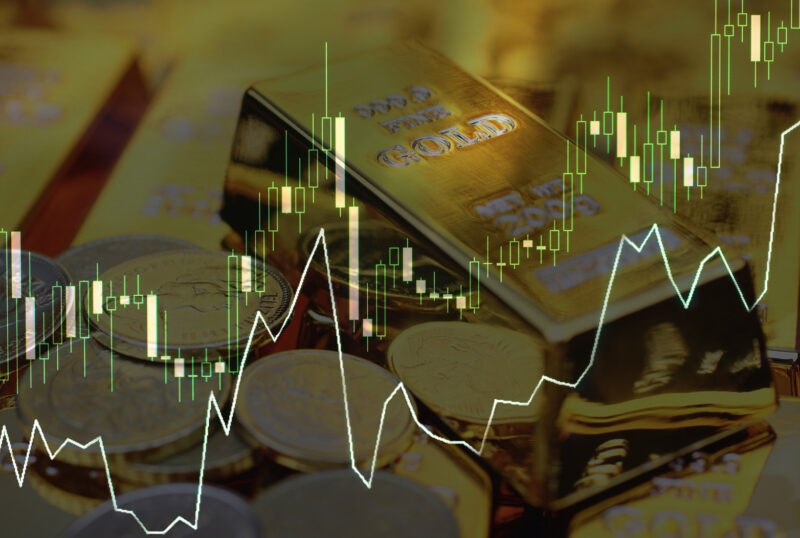

The US economy is at risk of stagflation
Faced with slower-than-expected growth and persistent inflation, the US economy could be heading towards a 1970s-style stagflation scenario amid fading expectations of several rate cuts by the Fed during 2024.
Stagflation is an economic scenario characterised by stagnating economic activity and high unemployment, while inflation is high and sustained over time. This can lead to a situation in which the economy does not grow and people lose the necessary purchasing power to cope with inflation.
This is a difficult situation to correct because monetary and fiscal measures to combat stagnation tend to spur inflation and vice versa. It occurred, for example, in the United States when oil prices rose in the 1970s.
Investor concern about the worst-case scenario
Some analysts warn that the US economy is in danger of facing a similar scenario in the face of slower-than-expected growth and persistent inflation, in a context where expectations of many rate cuts by the Fed during 2024 have faded or are not expected until a more sustained slowdown in inflation is observed.
That said, according to the latest data, US headline inflation rose to 3.4% in April, mainly due to higher energy prices once again adding to goods price inflation. Still, if we exclude energy prices, core inflation fell to 3.6% from 3.8% in March. Both data were slightly softer than expected and reinforced expectations that inflation will continue to fall, albeit in a rather volatile and unpredictable manner.
Bank of America’s latest monthly survey of fund managers for May reflects less optimism for risky assets, a move that accompanies a less than encouraging outlook for economic growth. For the first time since November 2023, the managers surveyed expect lower economic growth over the next 12 months, even though most rule out a recession next year.
The Fed says there is no danger of stagflation
Federal Reserve Chairman Jerome Powell, downplayed the idea of possible stagflation during a press conference following the central bank’s April policy meeting, saying he did not understand where this fear of stagflation was coming from because we were in a very different scenario: “There was 10% unemployment. Inflation was in single digits. And today? “Now we have 3% growth and 3% inflation,” Powell said.
However, Tom Essaye, founder of Sevens Report Research, noted that although “in an absolute sense”, economic growth is not at levels that imply stagflation, the published data are increasingly “conclusive that economic momentum is slowing” and added that “While stagnation has not yet arrived, the data show a greater likelihood of it occurring than at any time in the last year and a half”.
Against this economic backdrop, it is hardly surprising that gold has become the most traded financial asset after currencies, exceeding 150 billion euros daily in the last twelve months. It shows once again that investors and individuals are choosing the golden metal to protect their money in the face of economic uncertainty.
Preciosos 11Onze makes it easy to buy gold, at the best price and with total security. Give us a call and speak to one of our agents without any obligation to clarify any doubts you may have and protect yourself from economic crises with the ultimate safe-haven asset: gold. If you want your savings to keep or increase their value, Gold Patrimony.




